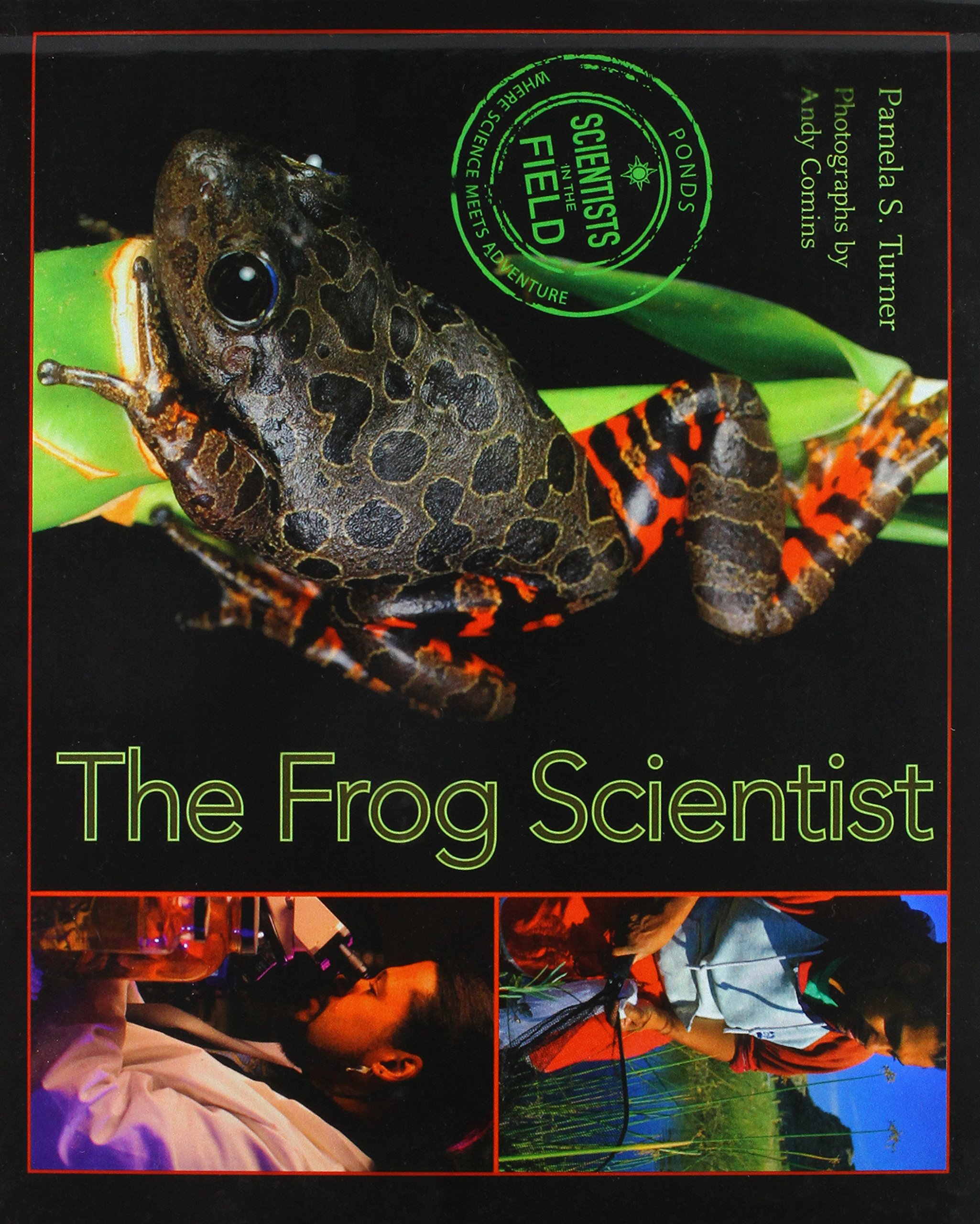What do you think?
Rate this book


58 pages, Paperback
First published May 18, 2009
Summary: The Frog Scientist is part of the Scientist in the Field series. This is the story of Tyrone Hayes and his team researching how pesticides in the environment are affecting frog populations.
Evaluation: Tyrone Hayes leads a team of researchers from the University of California Berkeley to try to discover why frog populations around the globe are declining, or even going extinct. They believe it may have to do with pesticide runoff from farms. Even though frogs are not a special interest of mine, I found the story, the research, and the photographs very interesting and inspiring. I really loved the personal touches the story includes, such as Tyrone's son researching in the field with him, the story of why he has four earrings, and the celebrations Tyrone holds with his team. The best part of the book was the last paragraph, which says, "In the end, paying attention to the health of our environment isn't just something for frog scientists, farm workers, or government officials. It's for everyone. As Tyrone says: 'Environmental health and human health are one in the same.'"
Teaching Idea: This book would be a great companion to a lessons about the Scientific Method as well as the Nature of Science. The book goes through the step-by-step nature of scientific research. It even includes what happens when things don't turn out as expected and how scientists can adjust their theories or reexamine evidence to discover if there is another explanation for their results.
Summary:This is a book that outlines the story of a boy who loves frogs, and follows his interests, which eventually lead him to study frogs and amphibians. Through his research, he is called upon to investigate what may be causing the decline in the frog populations.
Evaluation:This is a very informational book about frogs and amphibians, while also following the timeline of Tyrone Hayes’ life, interests, and career. It is a very good book for use in the classroom, which will interest students, while also educating them and teaching them about the importance of research.
Teaching Idea:This book could be used in a science unit about amphibians, frogs, effects of pesticides on environments, and even causes of extinction. This would also be a good book to read before having students entering into research, because it is about a researcher.